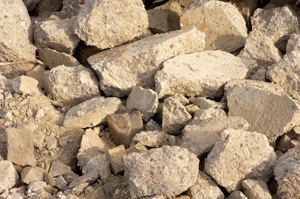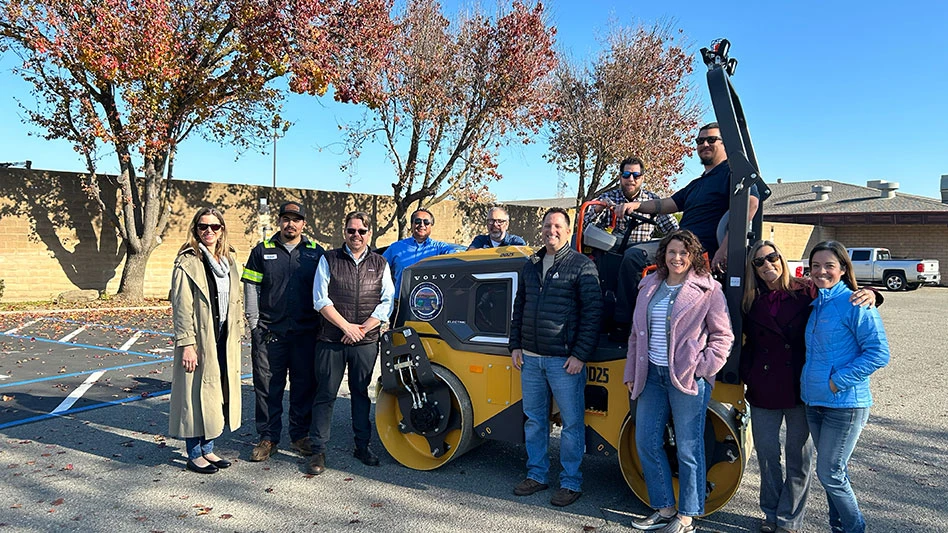
Eliminating large piles of concrete and asphalt removed from demolition sites and road reconstruction projects by re-using these materials is the immediate focus of a new Ontario organization. At a forum held Dec. 15, 2011, involving municipal engineers, aggregate users/producers and environmental groups, Aggregate Recycling Ontario (ARO) launched its campaign to encourage the use of more recycled aggregate in infrastructure projects.
“There is an immediate crisis in the GTA (Greater Toronto Area) surrounding recycled aggregate,” says Adrian Van Niekerk, chair of ARO. “Recycling yards are filling up to capacity with broken concrete and asphalt, yet not nearly enough is leaving the site to be used again in new construction. Some facilities have had to close their yards to new deliveries, because there is just no more room.”
The ARO estimates nearly 3 million metric tons of recyclable concrete, asphalt and aggregate have been recovered from GTA construction sites are currently sitting in piles to be processed. Although the Ontario government, through the Ministry of Transportation, and some municipalities have been leaders in using recycled aggregates for years, many municipalities’ specifications do not allow recycled aggregates to be used in construction projects. Processed properly, these aggregates meet all performance requirements and provide a suitable alternative to primary aggregates which come directly from pits and quarries.
“We hope to find out why most municipalities do not use recycled aggregate and to rectify any issues they may have with these materials, says Van Niekerk. “Industry has been very progressive in separating broken concrete and asphalt from construction projects and bringing them to recycling yards to be re-processed, instead of going to landfills. We are going through similar growing pains as the paper and plastics recycling industries, when they first got started, but need to close the loop to manage our non-renewable aggregate resources more sustainably.”
Although ARO was formed to bring attention and find a solution to the growing aggregate piles, it says its mandate goes well beyond that issue. Organized by the Ontario Stone, Sand & Gravel Association, and the Toronto and Area Road Builders Association, ARO brings together 17 companies, and seven associations that produce and use recycled aggregates.
Member companies are interested in expanding opportunities for recycling aggregates by permitting more recycling facilities, especially in pits and quarries where companies can better utilize mined primary aggregates by mixing them with re-processed material. As well, ARO plans to engage in research and trial projects to develop new applications for recycled aggregates. More information is available at www.aggregaterecyclingontario.ca.
Latest from Construction & Demolition Recycling
- IDTechEx sees electric-powered construction equipment growth
- Global steel output recedes in November
- Canton, Ohio, nonprofit helps divert building materials for reuse
- Ferrous market ends 2024 in familiar rut
- NDA to offer certification test at convention
- Hyster-Yale commits to US production
- World Cement Association highlights challenges facing long-term cement demand
- Tata Steel to supply equipment maker JCB





